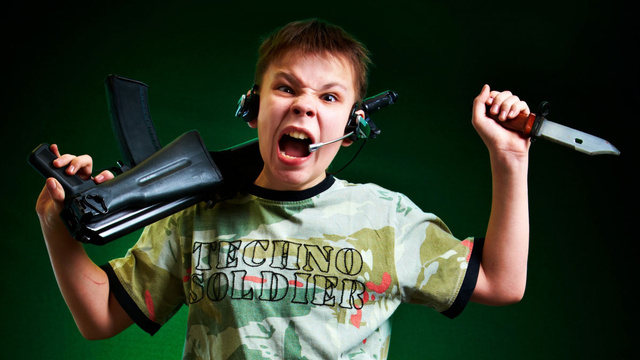Violence and Aggression

A Violent or Aggressive incident is defined by the Health and Safety Executive as: “Any incident in which an employee is abused, threatened or assaulted by a member of the public in circumstances arising out of the course of his/her employment.”
Violence and aggression in the workplace is often a powerful cause of undue stress in individuals and groups, and a policy should exist in organizations to minimize it and to deal with it - should it occur.
In any incident, there is always one person who is aggressive and another who is a potential victim. There then follows some interaction between the two, after which, as a result of the interaction, there is an in outcome. The quality of the outcome depends on how the interaction takes place and often on how the potential victim manages the interaction.
When aggression is directed at us we have an age-old choice between two options - ‘fight or light’. But there is also a third option - we can choose to try to control or manage the interaction. If that doesn’t work we can still return to the ‘light’ option, though in the vast majority of situations, managing the interaction well will defuse the aggression and result in a non-violent outcome.
The ‘fight or light’ reaction to a situation was developed during the evolution of the human race (and the animal kingdom) as a way of making us react very quickly to danger, so tending to keep us safe. This primitive reaction causes adrenaline and other chemicals to instantly enter the bloodstream and prepare us to fight or to run. However, we learn throughout our lives that some situations we thought were dangerous are not so and the rapid reaction is not necessary. This ability to assess what is happening can allow us to override the ‘fight or light’ reaction and choose different alternatives. So we might perhaps reason with someone, remain in the situation to help others or remain in the situation so as not to lose face.
Perceptions of events and people also affect how we deal with events in our lives. We look at what we see and make judgments based on such things as the situation, people’s body language, tone of voice and how someone is dressed. The judgment is also affected by what we have learned during our lives. Issues such as how tolerant we are, our way of stereotyping others, how we perceive someone’s intentions, cultural and racial differences, and even whether we bear a grudge, can all make a difference to how we end up feeling during the interaction. Emotions such as fear, distress, and annoyance, sense of failure or injured pride will then affect how we react in any situation.
Generally, people become aggressive or violent because they are unable to get something they want, or some wish or desire is blocked. That causes frustration which leads to aggressive feelings. There is then some form of trigger which tips the aggressive feelings over into actual aggression in the form of threats, abuse or violence. The movement from a blocked desire to frustration is likely to be made worse by mental illness, excess alcohol or if the person is in pain.
Aggression may take the form of:
- Shouting and swearing
- Abuse, including sexual and racial
- Threats
- Menacing looks
- Threatening or abusive gestures
Violence may take the form of:
- Pushing
- Poking
- Punching
- Slapping
- Head-butting
- Kicking
- Violence towards objects
- Use of weapons, knife, blunt instrument, gun et
